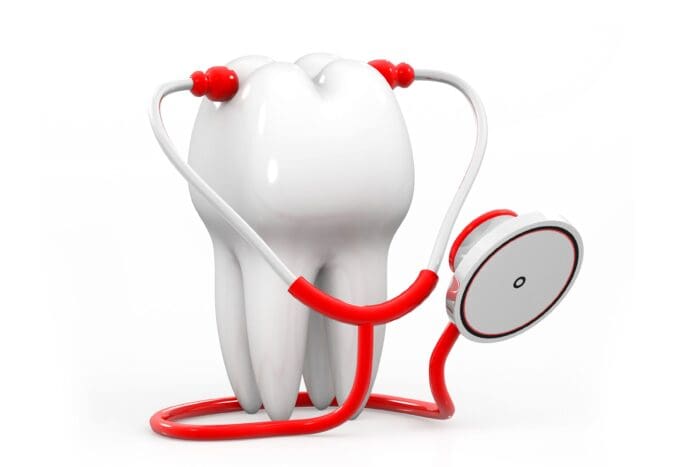Dental emergencies can happen when you least expect them. If you know what to do, you can make a huge difference in the outcome. Whether it’s a broken tooth or an infection, quick and appropriate action can help reduce pain and prevent more issues. You can take steps during common dental emergencies to help improve your situation. With preparation, you and your dentist can save your oral health.

Broken Tooth
A broken tooth can be a painful and distressing experience. If you find yourself dealing with a broken tooth, you can minimize the damage.
- Step 1: Rinse Your Mouth: Gently rinse your mouth with warm water to clean the area and remove any debris. Furthermore, avoid using hot or cold water. This is because extreme temperatures can make sensitivity worse.
- Step 2: Save the Tooth Fragment: If you can find the broken piece of your tooth, be sure to save it. Rinse it with water and keep it moist by placing it in a container with milk or your saliva. This may also help your dentist repair the tooth.
- Step 3: Pain Relief: To reduce pain and swelling, apply a cold compress to the affected area. You can also take over-the-counter pain relievers as directed.
Knocked-Out Tooth
One of the more alarming dental emergencies is likely a knocked-out tooth. But, quick action can increase the chances of saving the tooth.
- Step 1: Handle the Tooth Carefully: Hold the tooth by the crown (the top part), not the root. Avoid touching the root to prevent damaging delicate tissues.
- Step 2: Rinse the Tooth: Gently rinse the knocked-out tooth with clean water if it’s dirty. Also, do not scrub or use any cleaning agents.
- Step 3: Reinsert the Tooth: If possible, try to reinsert the tooth into its socket. Then, hold it in place by gently biting down on a clean cloth or gauze.
- Step 4: Preserve the Tooth: If you can’t reinsert the tooth, store it in a container with milk or your saliva to keep it moist. Time is crucial when dealing with a knocked-out tooth.
Dental Infection
Dental infections, such as abscesses, can lead to severe pain and complications if not treated promptly.
- Step 1: Rinse Your Mouth: Gargle with warm salt water to help minimize pain and reduce inflammation.
- Step 2: Over-the-Counter Pain Relief: Then, take over-the-counter pain relievers as directed to manage pain while you wait for professional care. Dental infections also require professional treatment. For example, this may involve antibiotics, drainage, or a root canal.
Gum Laceration
Accidentally cutting your gums can be painful and may require first aid.
- Step 1: Clean the Area: Gently rinse your mouth with warm water to remove any debris or blood. Also, avoid using mouthwash, which can cause stinging.
- Step 2: Stop the Bleeding: Apply gentle pressure to the affected area with a clean gauze or cloth to stop any bleeding. Then, hold it in place for a few minutes.
- Step 3: Apply a Cold Compress: To reduce pain and swelling, apply a cold compress to the outside of your mouth.
